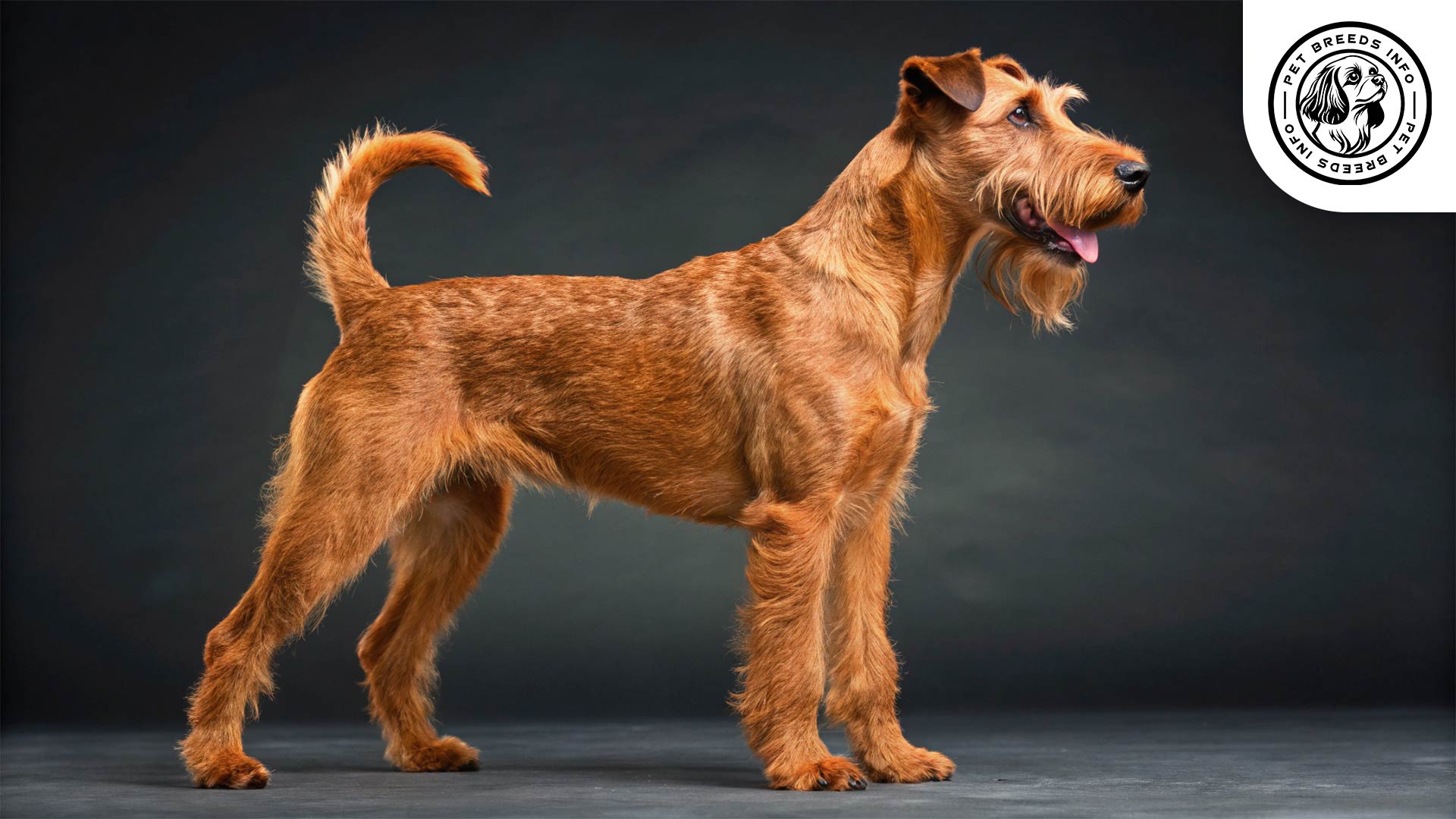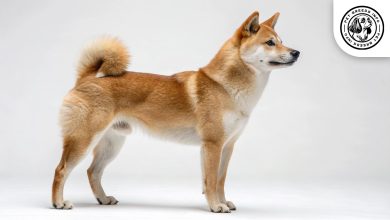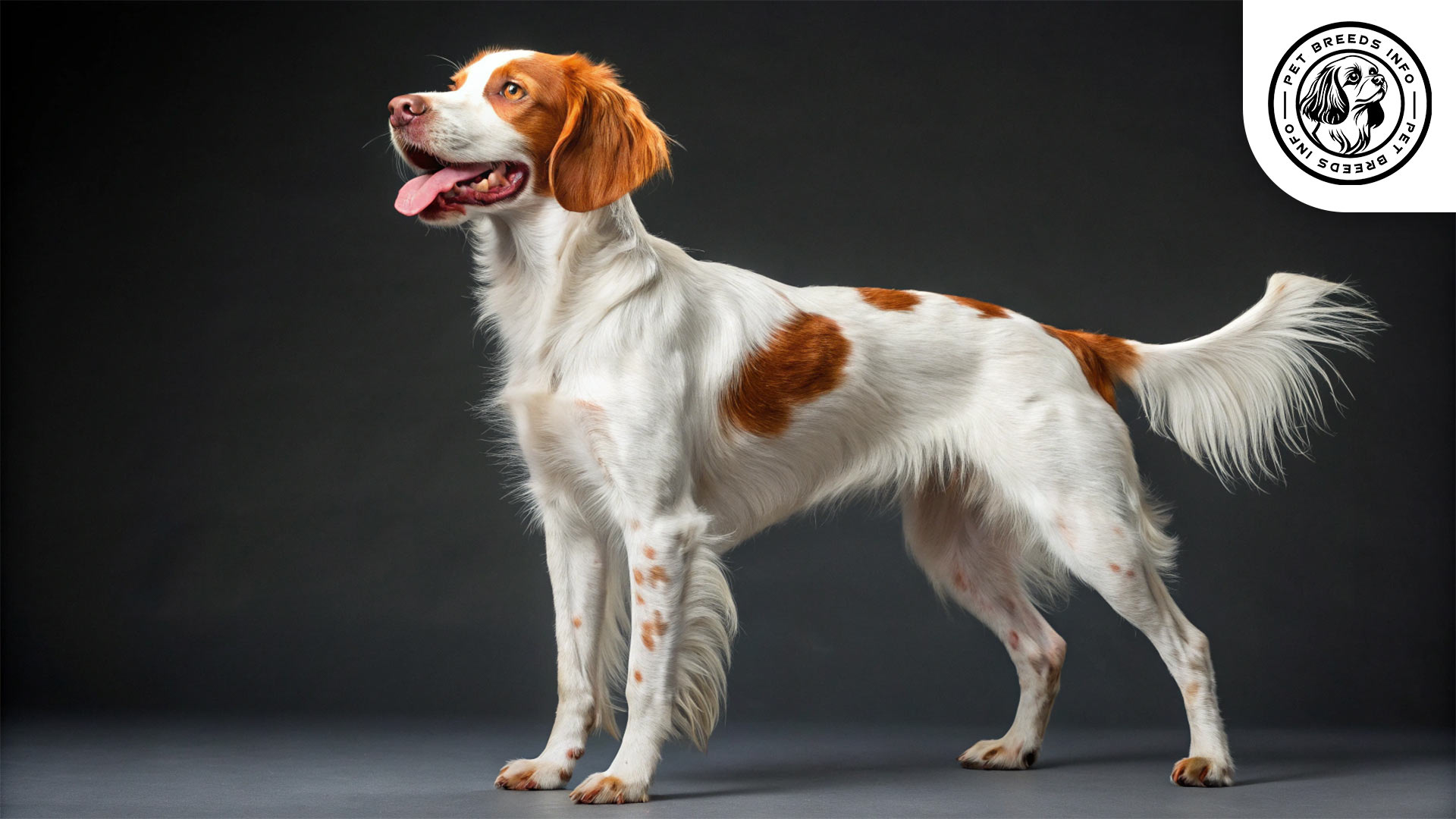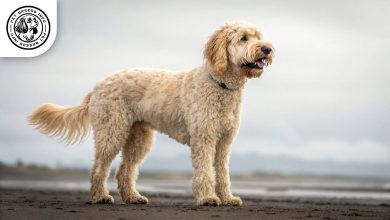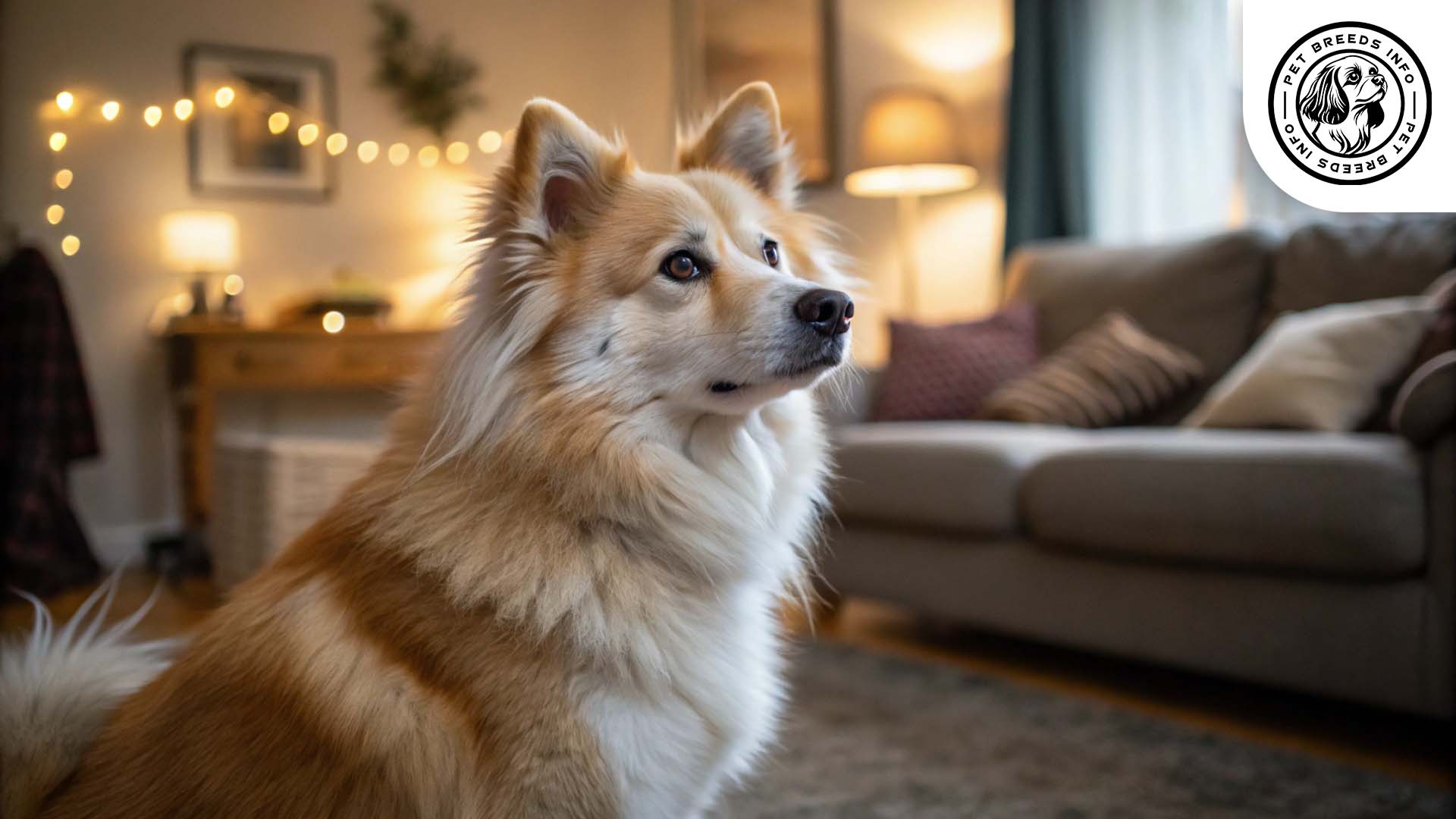Irish Terrier Dog Breed: Size, Health, Prie & Personality
General Introduction of the Breed
The Irish Terrier, also known as “Irish Red Terrier,” is a medium-sized dog breed originating from Ireland. It is one of the oldest terrier breeds, developed for hunting, guarding, and companionship. Its lineage dates back to the late 19th century, where it was bred to be a versatile farm dog capable of hunting vermin and defending property.
Table of Contents
| Weight | Males: 25-27 lbs (11-12 kg) Females: 22-25 lbs (10-11 kg) |
| Lifespan | 12 to 15 years |
| Diet | High-quality kibble, wet, or raw. Protein-rich. Avoid toxic/fatty foods. Two meals daily. |
| Care | Daily exercise, fenced yard preferred. Weekly brushing, occasional hand stripping. Occasional bathing. Routine hygiene. Protect from extreme weather. |
| Health | Generally healthy. May be prone to hypothyroidism, PRA, hip dysplasia. Regular vet checks and preventative care. |
| Color | Red, wheaten, or red wheaten |
| Nature | Intelligent, quick to learn, energetic, devoted, friendly (can be cautious), good with kids, may chase small animals, playful, adventurous. |
| Price | Puppy: $800 – $2,000. Adoption is also an option. |
Physical Characteristics
The Irish Terrier is a well-proportioned, athletic dog with a sturdy build. Males typically stand between 18 to 19 inches (46 to 48 cm) and weigh around 25 to 27 pounds (11 to 12 kg). Females are slightly smaller, measuring about 17 to 18 inches (43 to 46 cm) in height and weighing 22 to 25 pounds (10 to 11 kg).
Its coat is wiry, dense, and weather-resistant, with a characteristic red, wheaten, or red wheaten color. The breed has dark, expressive eyes that convey intelligence and alertness. Its ears are small, V-shaped, and fold forward, enhancing its keen expression. The tail is usually high-set and traditionally docked, though in many countries, docking is now prohibited. A distinguishing trait of the Irish Terrier is its sleek yet muscular appearance and bold, fearless posture.
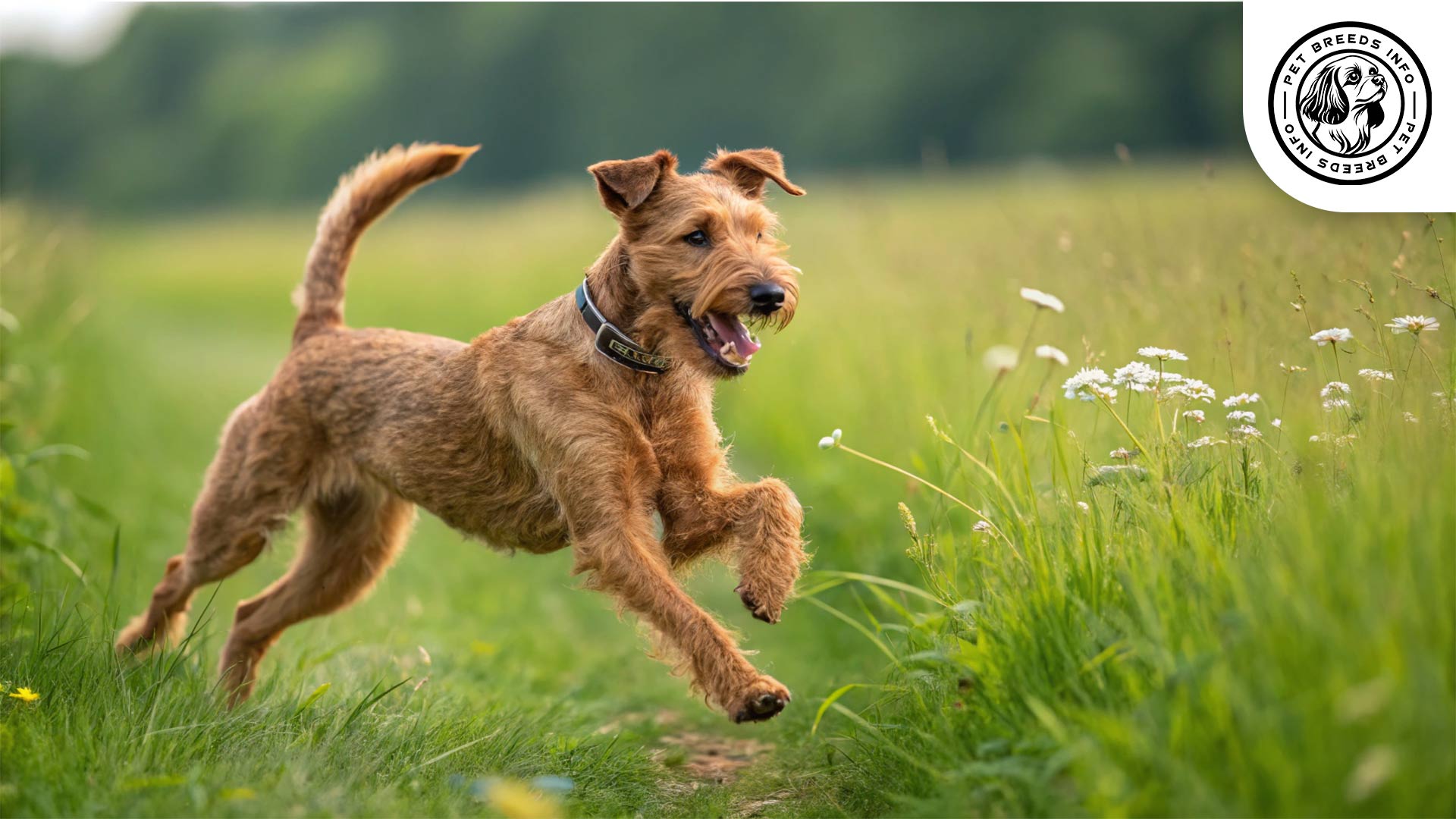
Personality and Temperament
The Irish Terrier is highly intelligent and quick to learn, making it a responsive companion when properly trained. It is an energetic breed that requires regular stimulation and exercise. This dog is devoted to its family, often forming strong bonds with its owners.
Its social behavior is typically friendly, but it can be naturally cautious around strangers. Irish Terriers are good with children and can coexist with other pets if properly socialized. However, they retain strong hunting instincts and may chase small animals. Their playful and adventurous spirit makes them both entertaining and affectionate. They can be sensitive to environmental changes, preferring a stable and structured home.
Read More: Havanese Dog
Care and Maintenance Requirements
Irish Terriers need daily exercise, including walks, playtime, and engaging activities. They thrive in homes with fenced yards but can adapt to apartment living if provided with sufficient exercise.
Grooming is minimal, with the wiry coat requiring weekly brushing and occasional hand stripping to maintain its texture. Shedding is low, making them suitable for individuals with mild allergies. Bathing should be occasional to avoid stripping natural oils, and routine hygiene practices like nail trimming, ear cleaning, and dental care should be maintained. This breed is adaptable but may be sensitive to extreme heat or cold, necessitating protection in harsh weather conditions.
Diet and Nutrition
A balanced diet is crucial for the Irish Terrier’s health. High-quality dry kibble, wet food, or a raw diet can be suitable, depending on the dog’s needs. Protein-rich foods support its active lifestyle.
Owners should avoid feeding toxic foods like chocolate, onions, grapes, and excessive fatty foods. Portion control is essential to prevent obesity, with adult dogs typically requiring two measured meals per day. Fresh water should always be available.
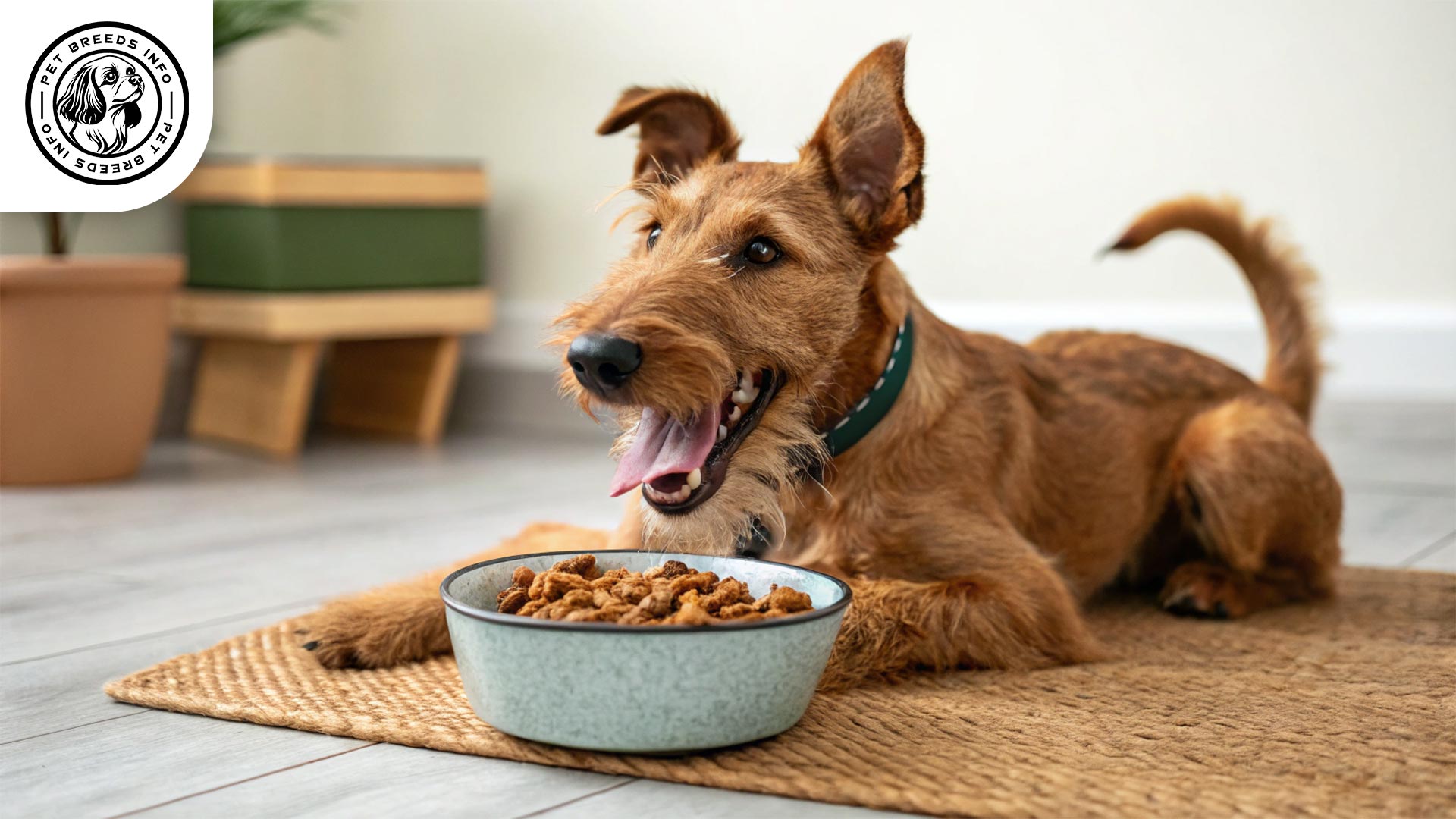
Health and Common Medical Issues
The Irish Terrier is generally a healthy breed with a life expectancy of 12 to 15 years. However, they may be prone to genetic conditions such as hypothyroidism, progressive retinal atrophy, and hip dysplasia.
Routine veterinary check-ups, vaccinations, and parasite prevention are necessary. Responsible breeding practices help reduce the likelihood of inherited diseases. They have a strong constitution and are relatively resilient compared to many other breeds.
Read More: Irish Red and White Setter Dog
Training and Behavior Management
Training an Irish Terrier can be both rewarding and challenging due to its independent nature. Early socialization and consistent, positive reinforcement training methods are vital.
They respond well to praise and rewards but may resist harsh discipline. Obedience training should begin early to prevent stubborn behaviors. Regular mental stimulation through interactive games and agility training is beneficial.
Interaction with Other Animals and Humans
Irish Terriers are affectionate and protective toward their families. They interact well with children when socialized properly but may be wary of overly rough handling. While they can coexist with other pets, supervision is necessary due to their strong prey drive.
This breed is well-suited for active individuals or families looking for a loyal companion. It can be independent but thrives when included in family activities. Their high attachment to owners makes them devoted but not overly clingy.
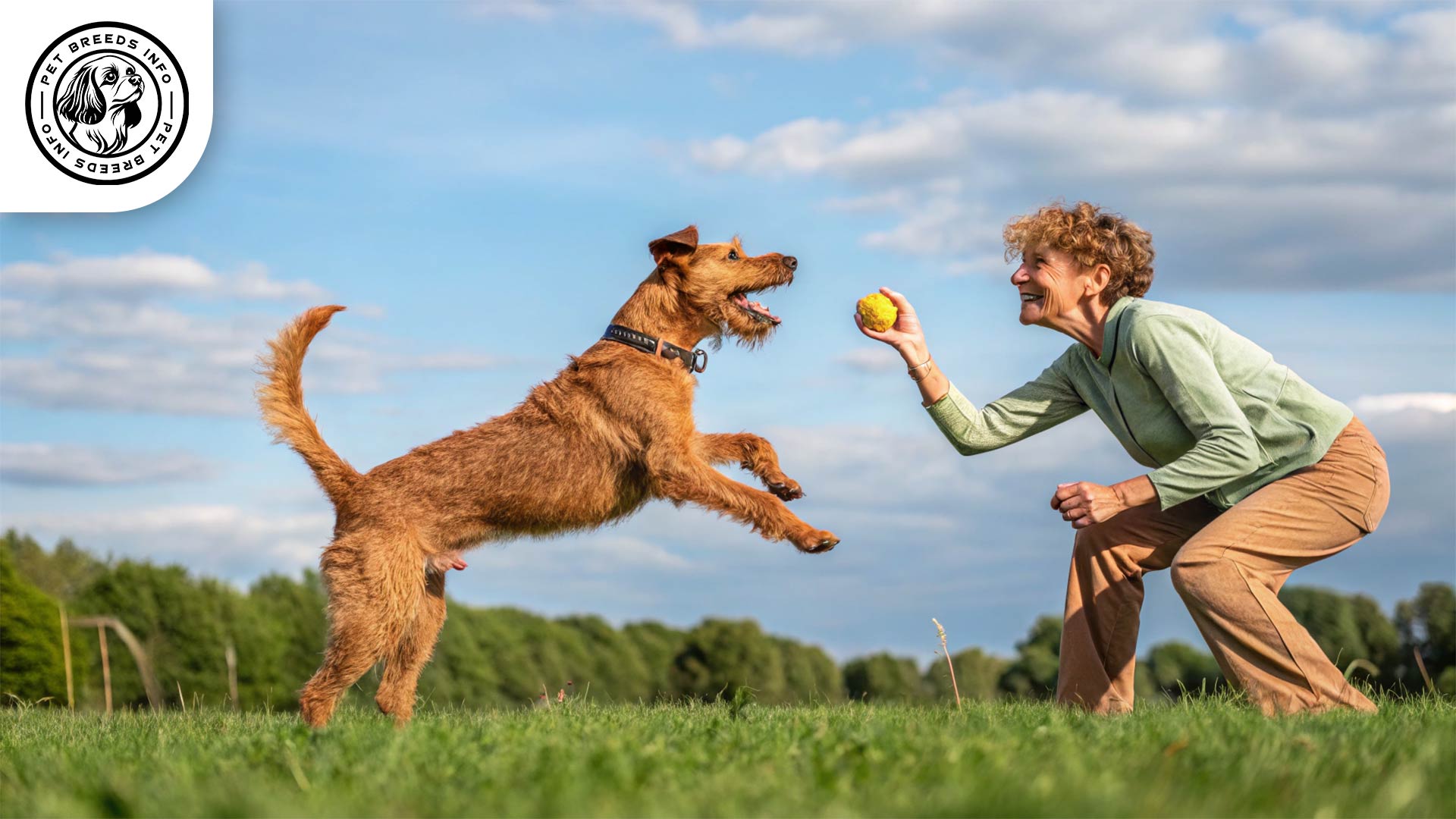
Price and Availability
The cost of an Irish Terrier puppy typically ranges from $800 to $2,000, depending on lineage, breeder reputation, and location. Adoption is also an option through rescue organizations.
Potential owners should research reputable breeders who test for genetic diseases and prioritize temperament. Shelters and rescue groups sometimes have Irish Terriers available for adoption, offering a more affordable and ethical option.

Conclusion and Final Thoughts
The Irish Terrier is an ideal breed for active individuals or families seeking a loyal and energetic companion. Its intelligence, playful nature, and protective instincts make it a well-rounded pet.
Prospective owners should consider the breed’s exercise needs, training requirements, and strong personality traits before making a decision. With proper care and attention, the Irish Terrier can be a fantastic and loving addition to the right home.
Read More: Greater Swiss Mountain Dog
FAQ
How much exercise does an Irish Terrier need?
Irish Terriers are energetic and need daily exercise, including walks, playtime, and engaging activities. They thrive in homes with fenced yards but can adapt to apartments if given sufficient exercise.
What is the grooming like for an Irish Terrier?
Grooming is minimal. Their wiry coat requires weekly brushing and occasional hand stripping to maintain its texture. Bathing should be done occasionally. Routine nail trimming, ear cleaning, and dental care are also important.
Are Irish Terriers good with children and other pets?
Irish Terriers are typically good with children when properly socialized. They can also coexist with other pets if introduced and socialized well, but their strong hunting instincts may cause them to chase small animals. Supervision is recommended.
What are some common health issues for Irish Terriers?
While generally a healthy breed, Irish Terriers may be prone to genetic conditions such as hypothyroidism, progressive retinal atrophy, and hip dysplasia. Routine veterinary check-ups are important for early detection and prevention.
